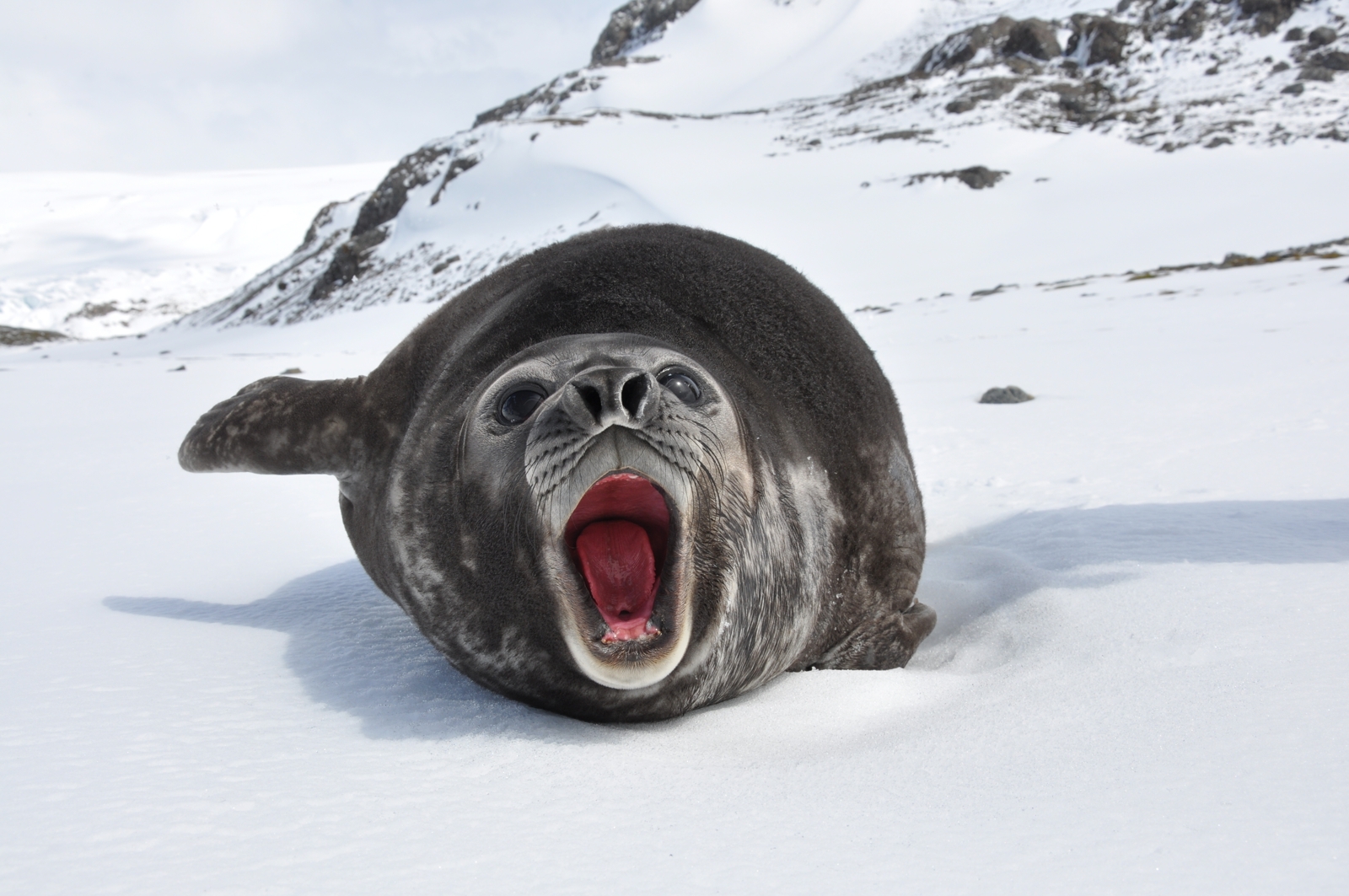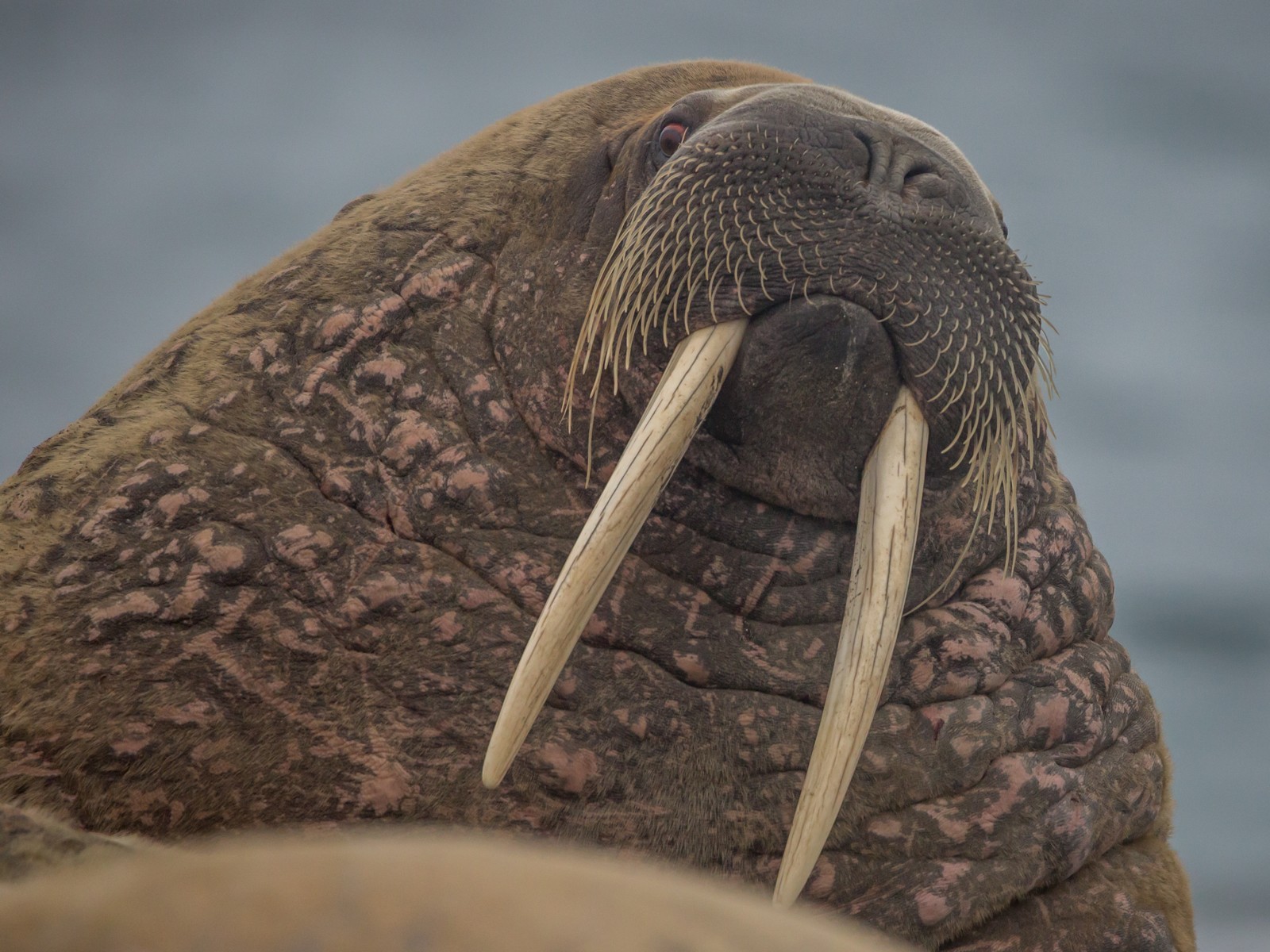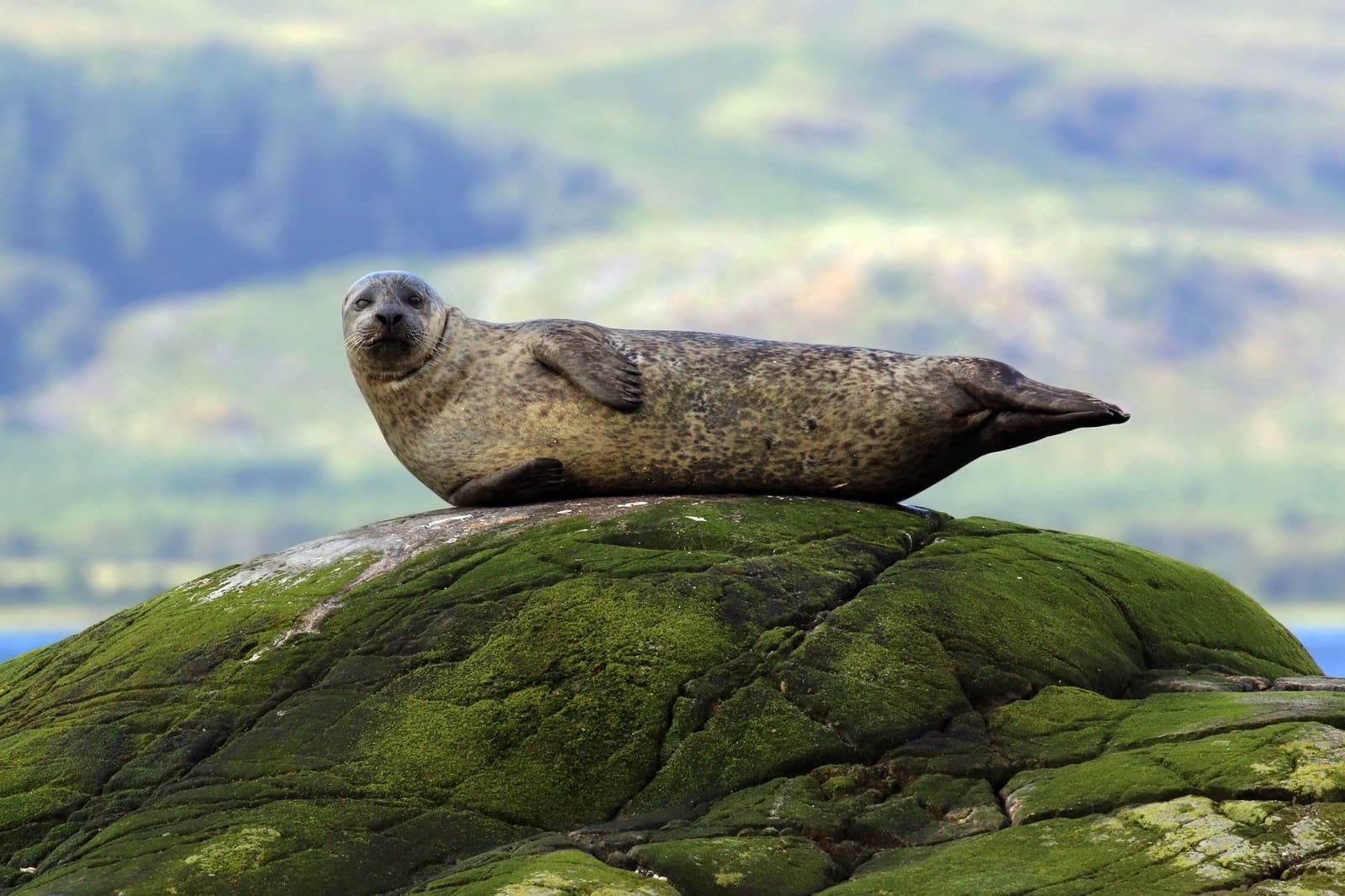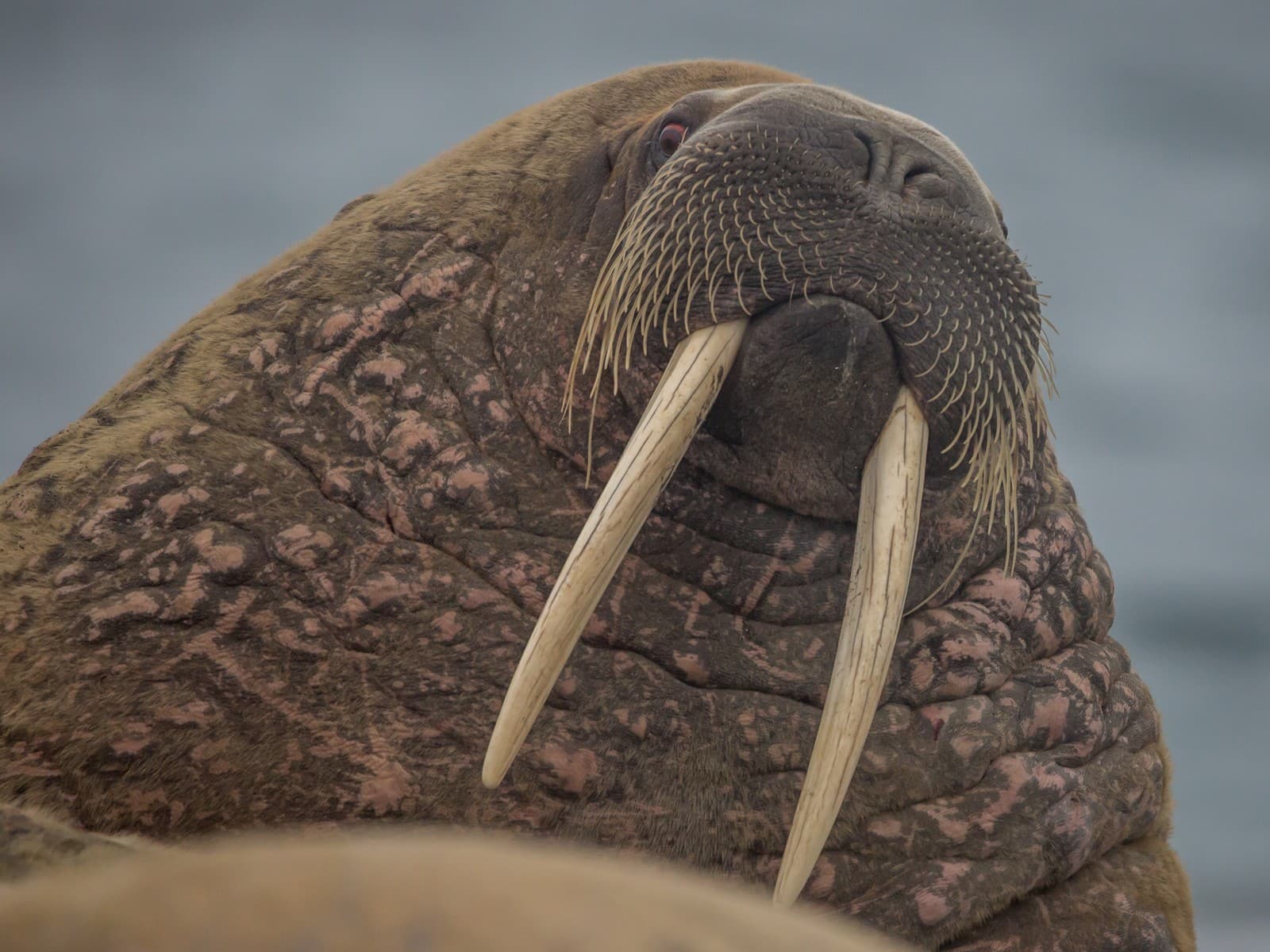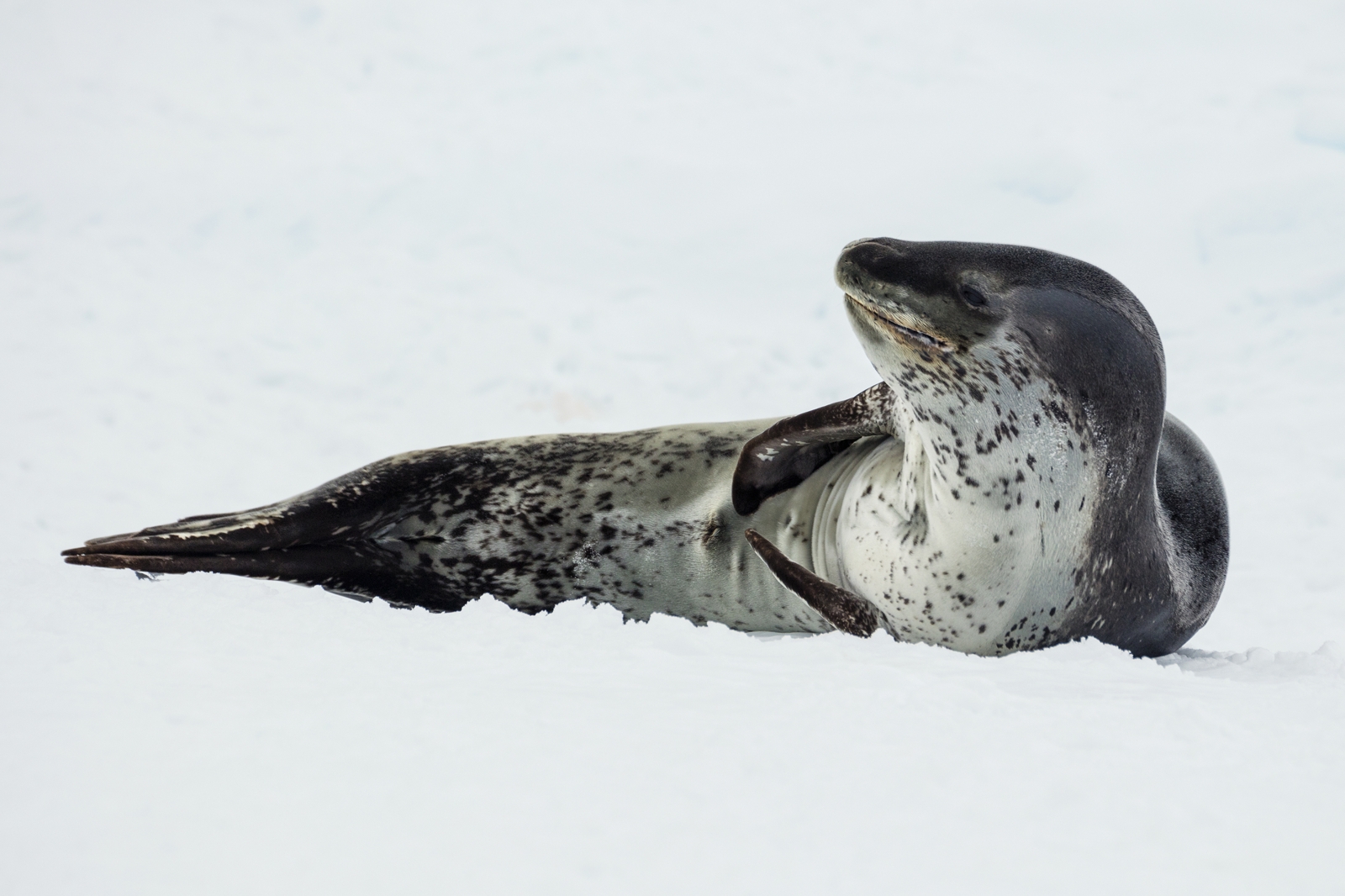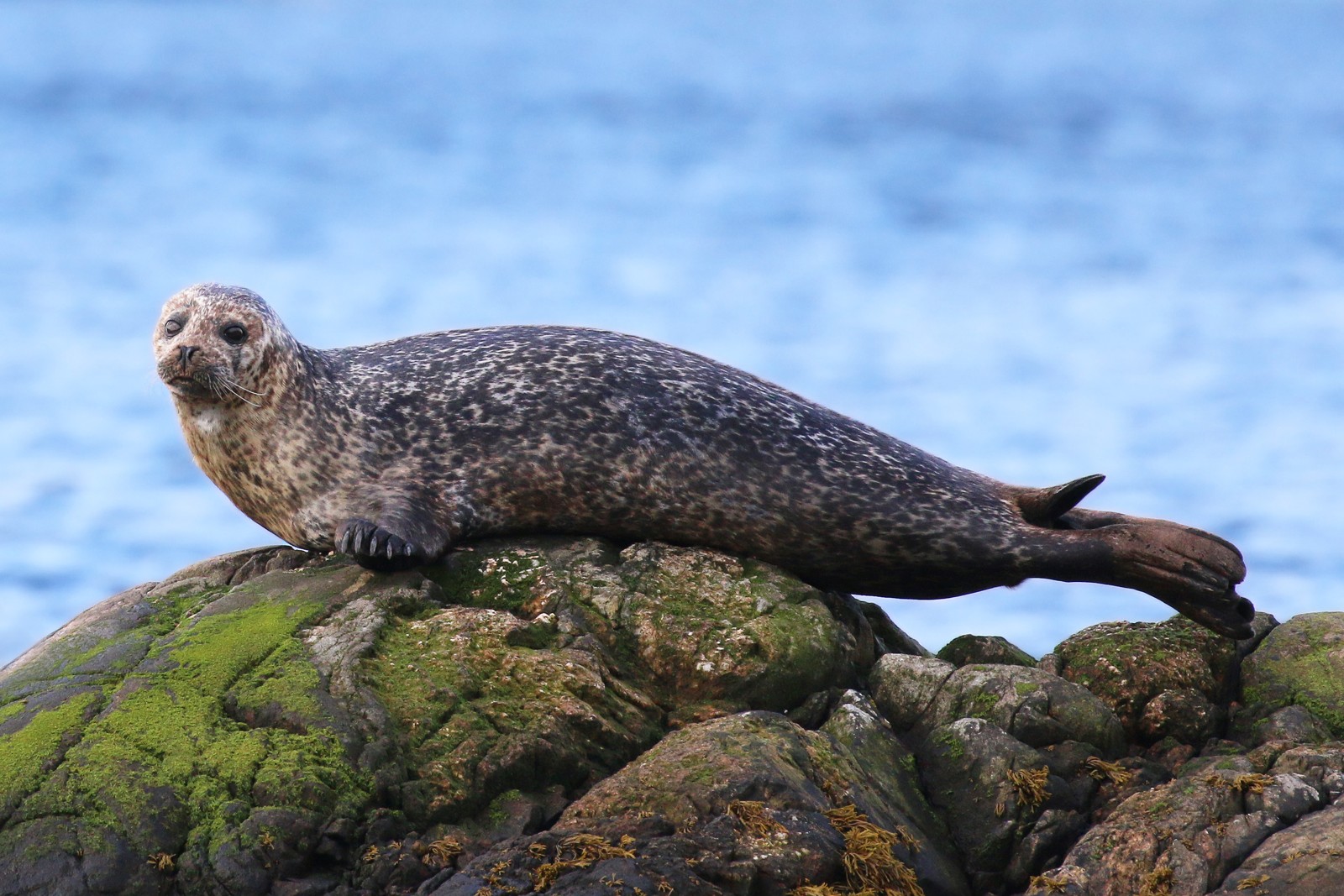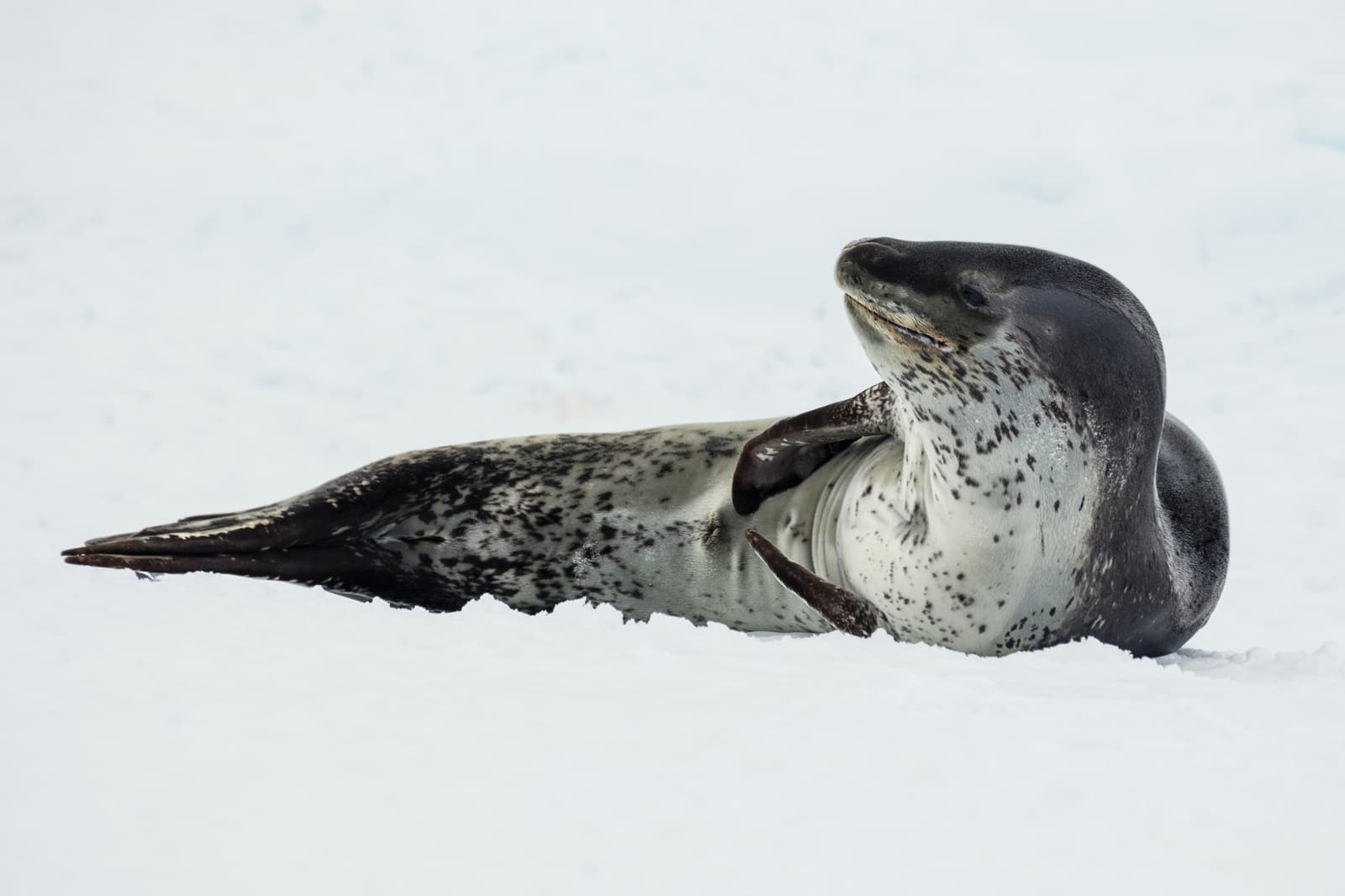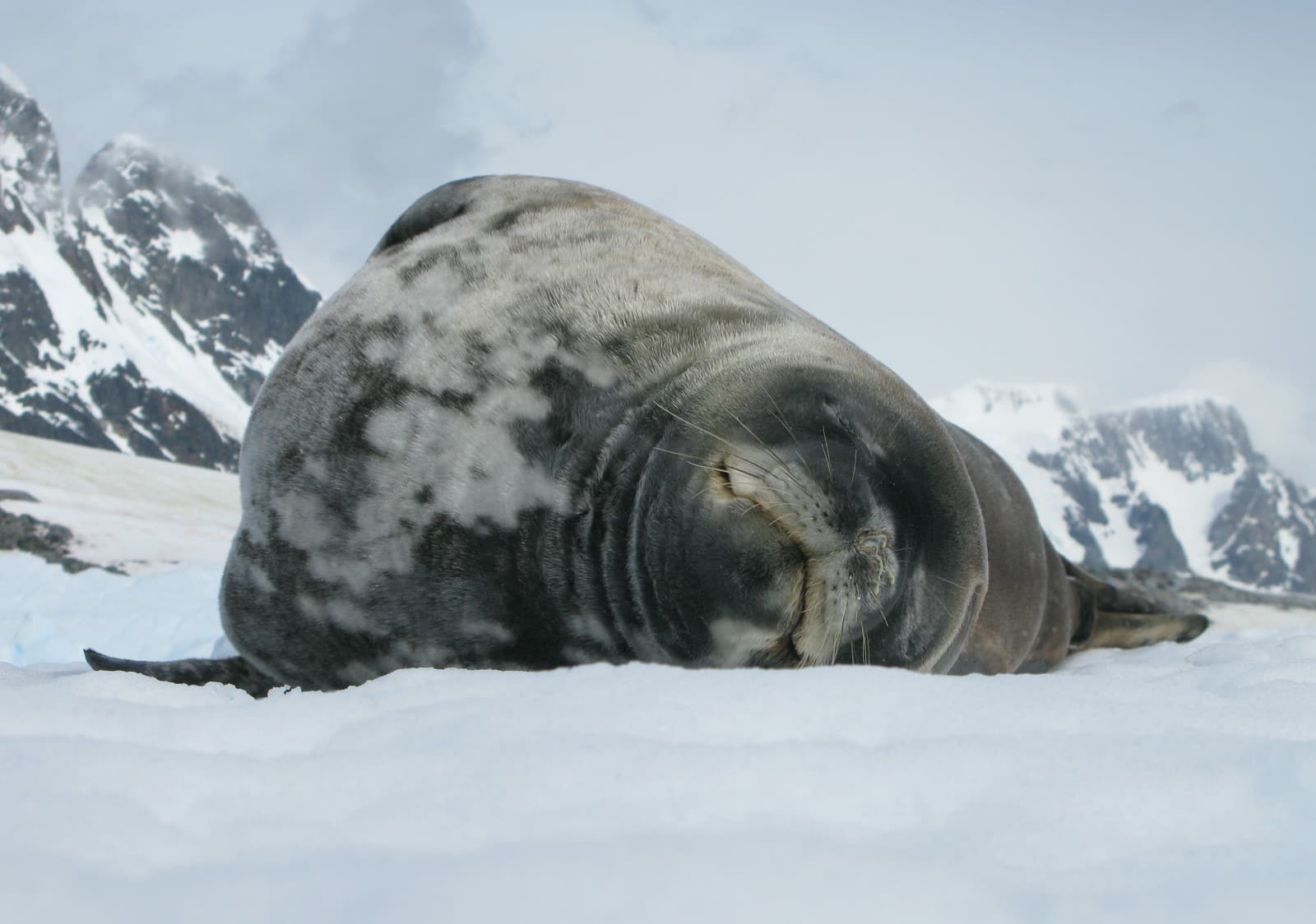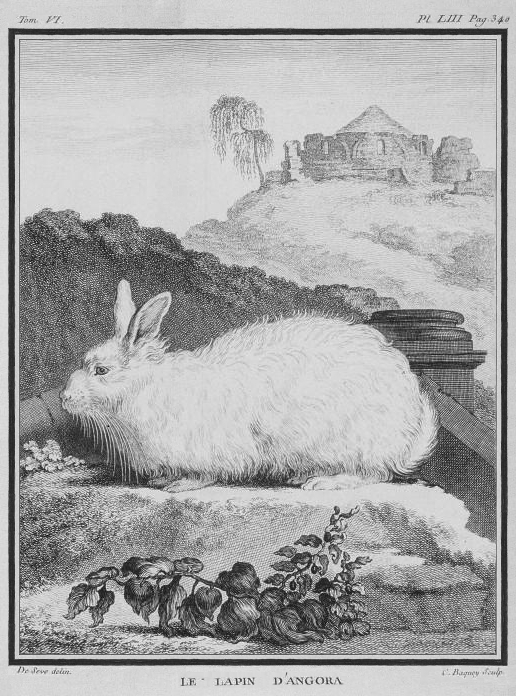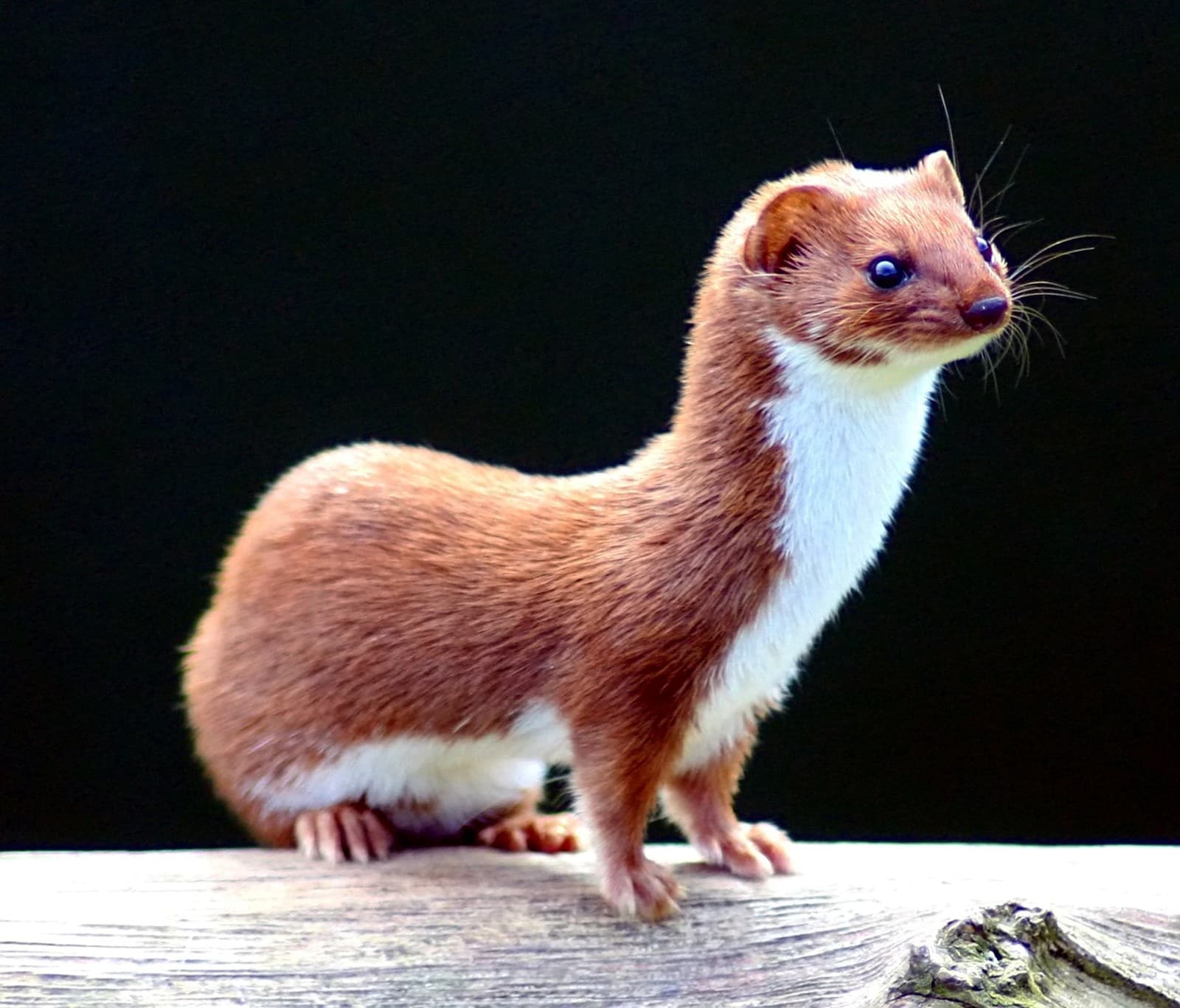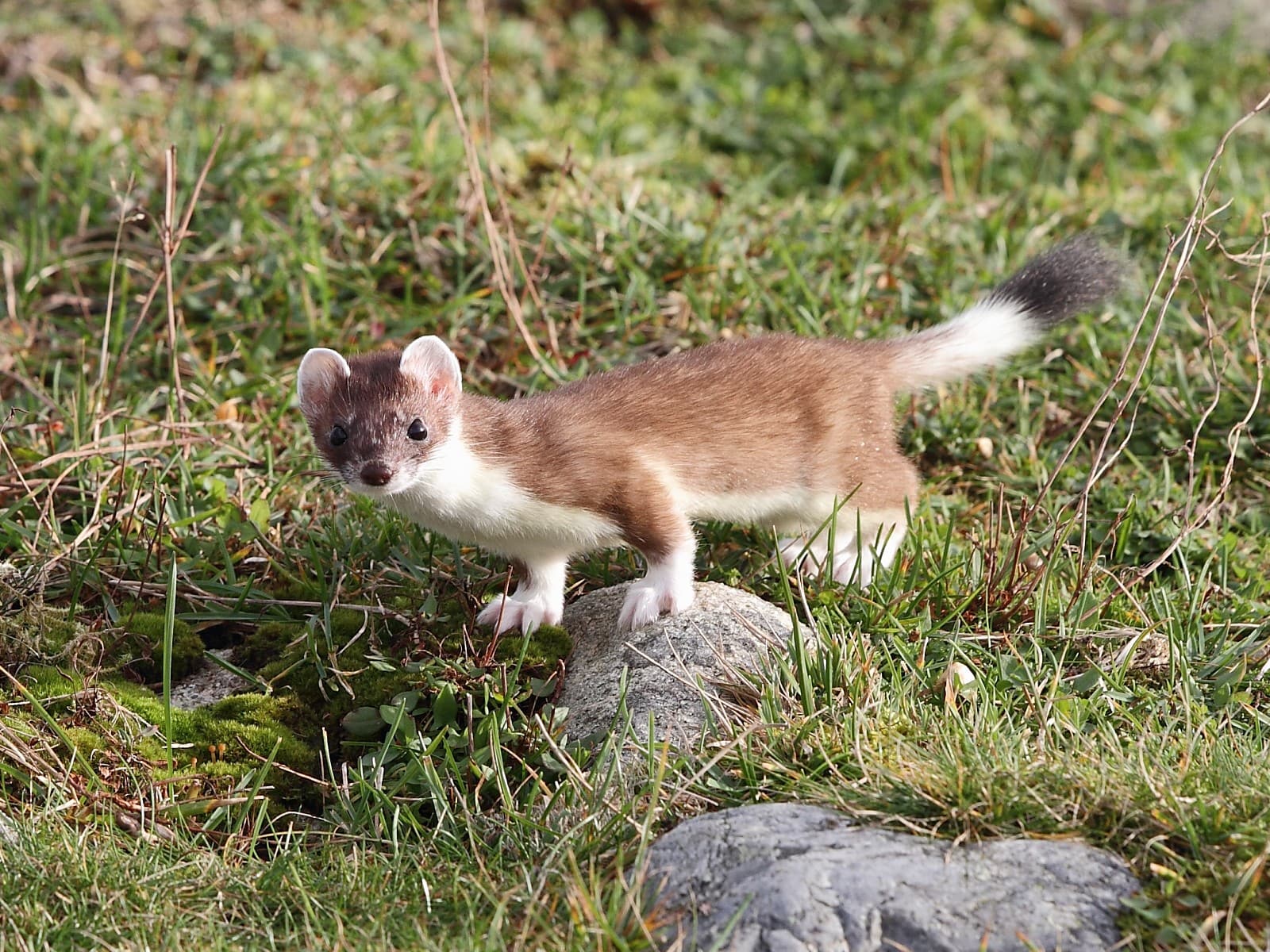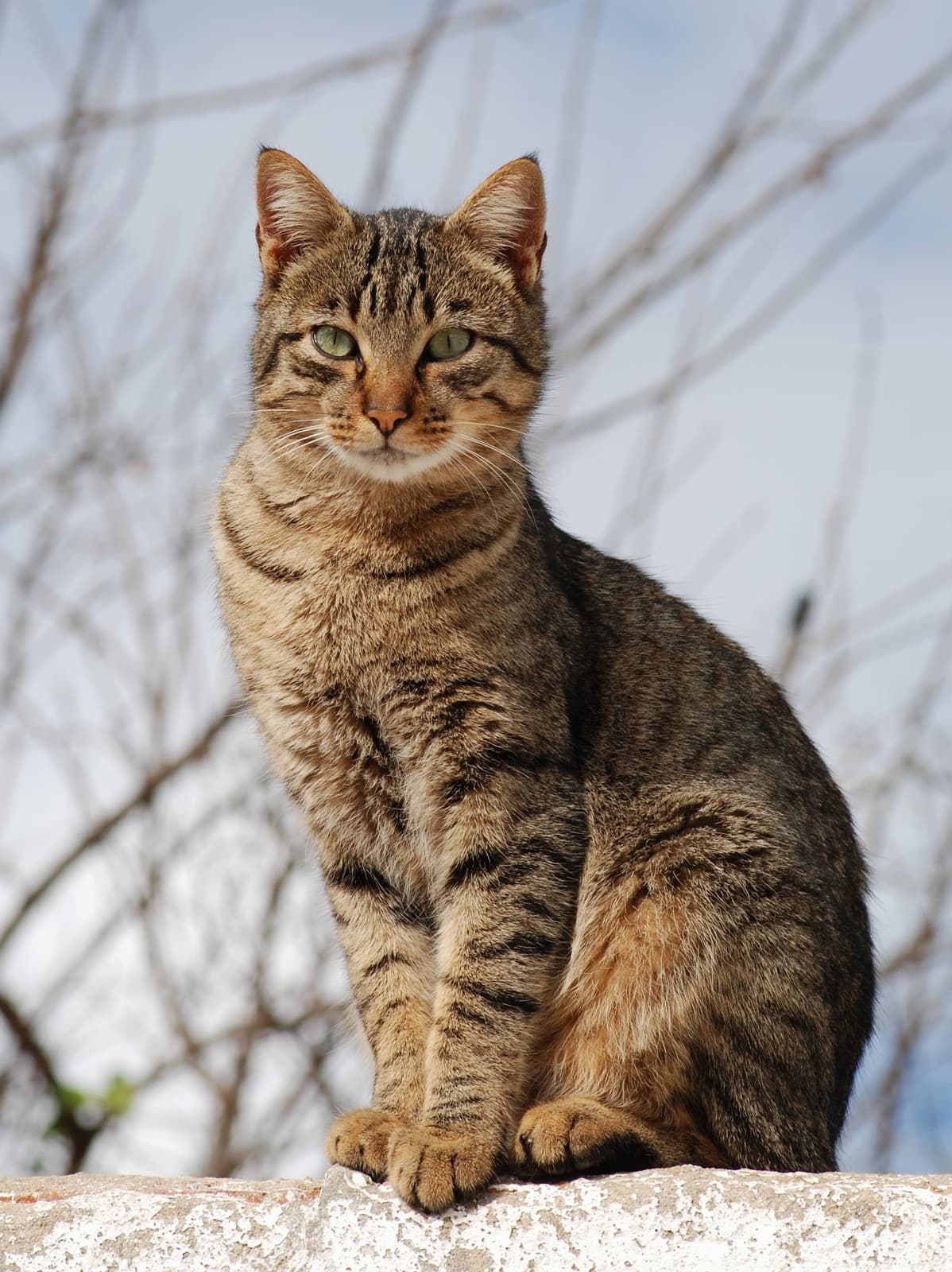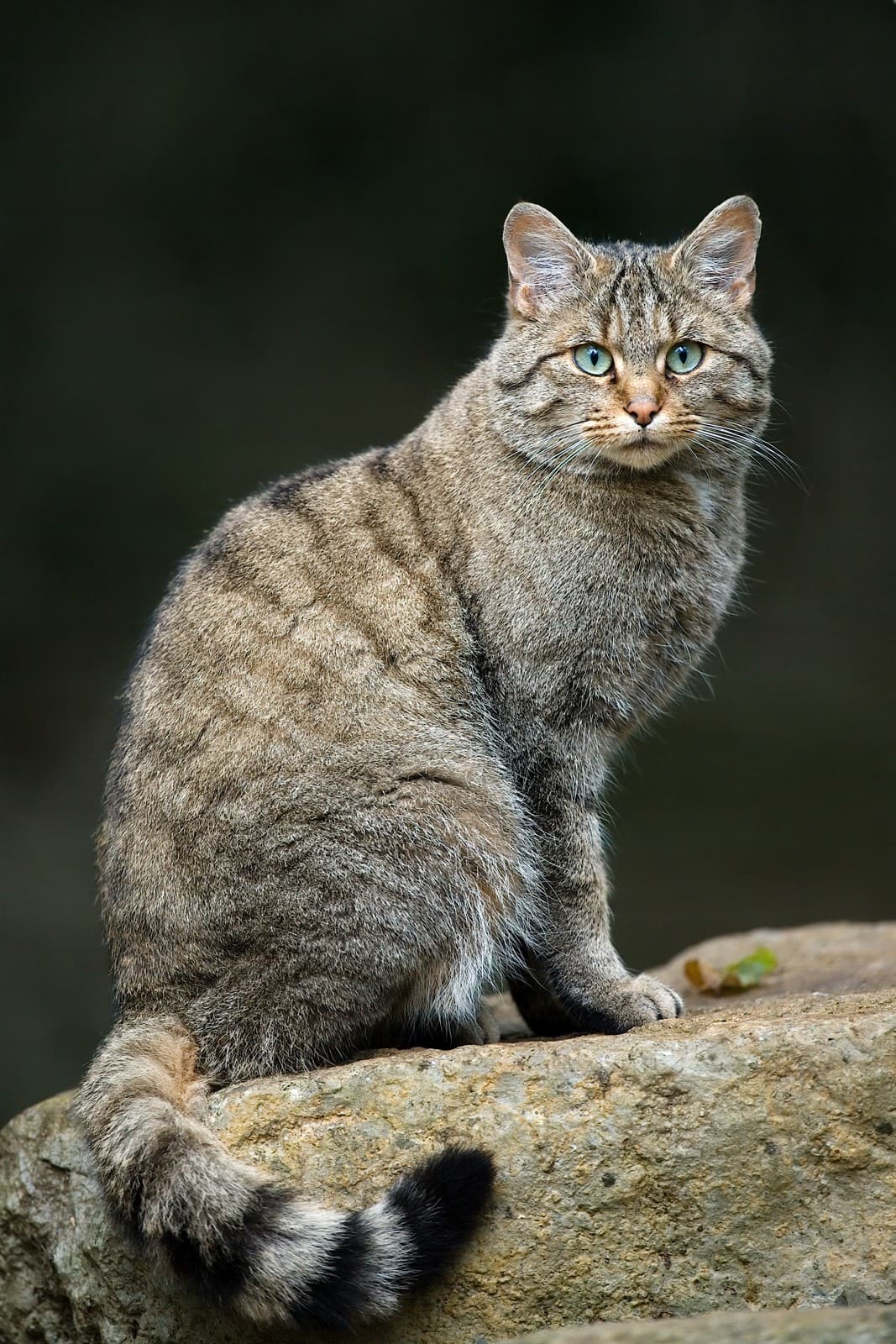Walrus vs Leopard Seal: A Complete Comparison
In the realm of marine mammals, few creatures command as much attention as the Walrus and Leopard Seal. While both are pinnipeds (fin-footed mammals), these remarkable animals have evolved to dominate vastly different polar regions. The Pacific Walrus can reach weights of up to 3,700 pounds (1,680 kg), dwarfing the Leopard Seal’s maximum of 1,300 pounds (590 kg). Yet size isn’t everything in this fascinating comparison of Arctic and Antarctic apex predators.
These marine giants have developed unique adaptations that reflect their distinctive ecological roles. The Walrus, with its iconic tusks and whisker-covered snout, specializes in bottom-feeding on mollusks, while the Leopard Seal emerges as Antarctica’s most fearsome predator, capable of capturing prey as large as other seals and penguins.
Physical Characteristics and Appearance
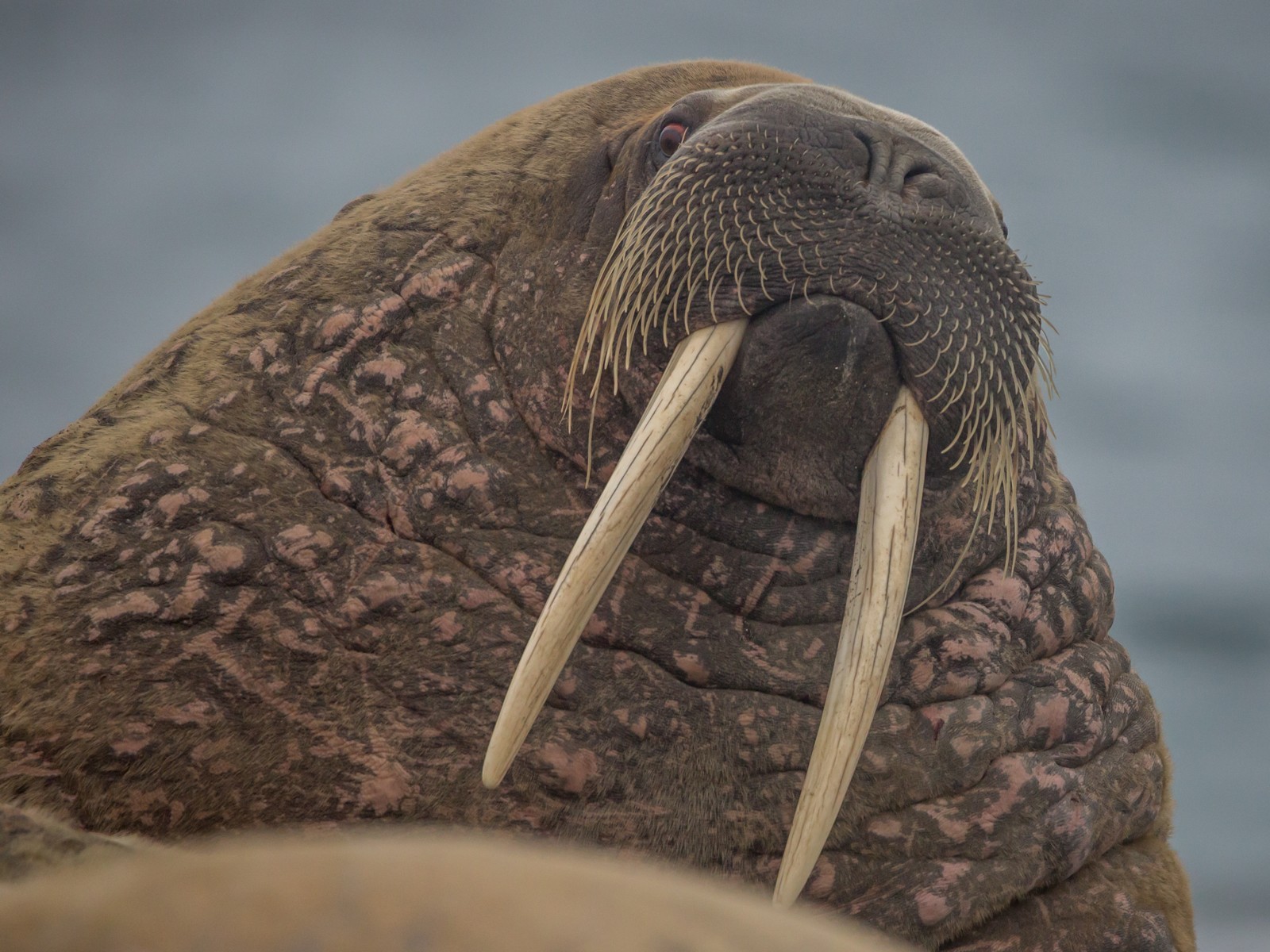
© AWeith / CC BY-SA 4.0
The Walrus stands out with its massive bulk and distinctive tusks, which can grow up to 3 feet (1 meter) long. These ivory tools serve multiple purposes, from hauling out onto ice to social dominance displays.
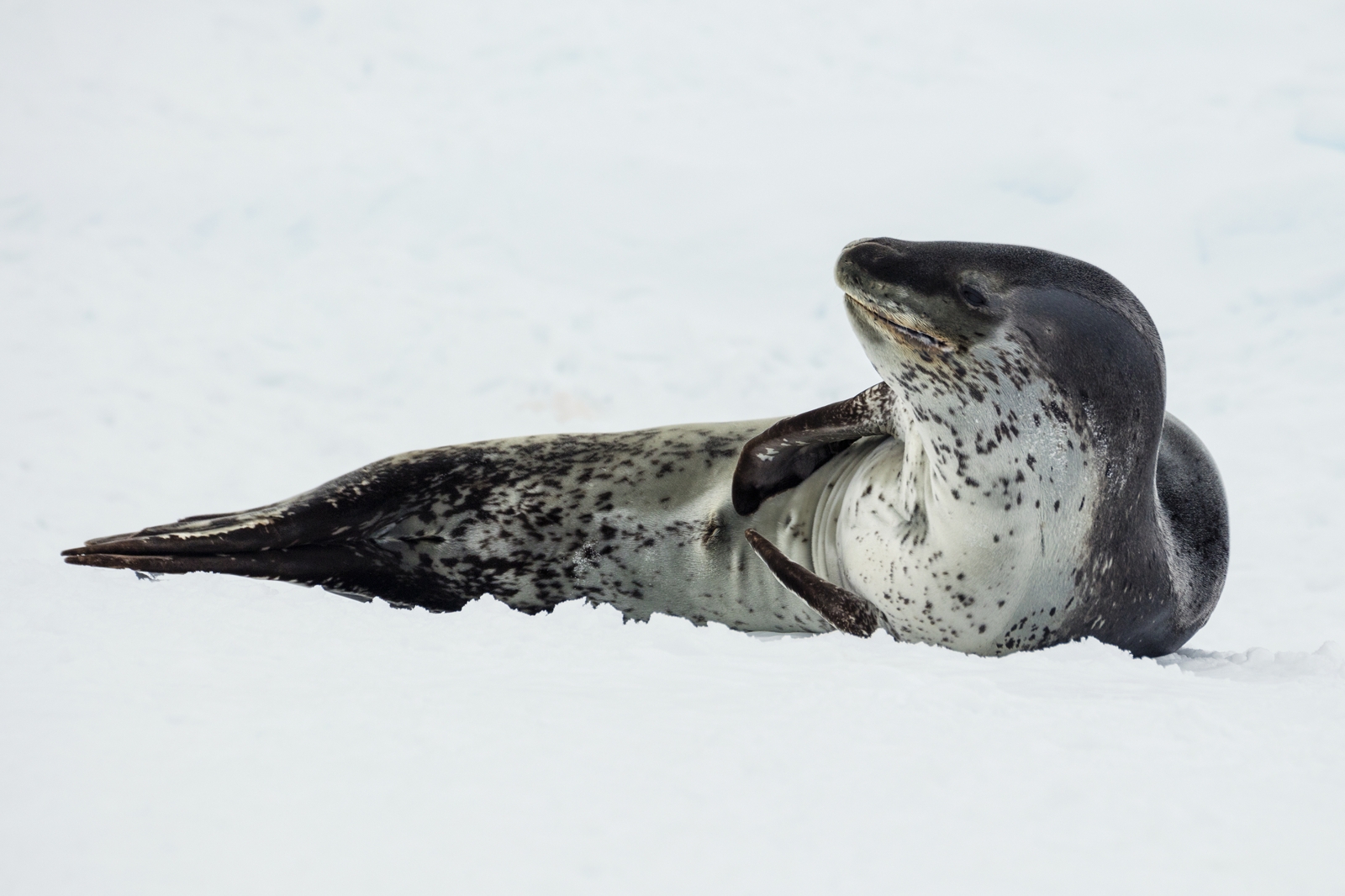
© Godot13 / CC BY-SA 4.0
The Leopard Seal showcases a more streamlined, predatory design with its distinctive spotted coat and powerful, reptilian-like head. Its flexible neck and powerful jaws make it a formidable hunter in Antarctic waters.
Key Differences: Walrus vs Leopard Seal
| Feature | Walrus | Leopard Seal |
|---|---|---|
| Size | 10-12 ft (3-3.7 m) | 8-11.5 ft (2.4-3.5 m) |
| Weight | 1,800-3,700 lbs (815-1,680 kg) | 440-1,300 lbs (200-590 kg) |
| Habitat | Arctic Circle | Antarctic waters |
| Diet | Primarily mollusks | Seals, penguins, fish, krill |
| Lifespan | 20-30 years | 12-15 years |
| Social Behavior | Highly gregarious | Solitary |
Hunting and Feeding Strategies
The Walrus employs a unique feeding strategy, using its sensitive whiskers (vibrissae) to detect shellfish on the ocean floor. Its powerful suction ability allows it to extract mollusks from their shells, consuming up to 6,000 clams in a single feeding session.
In contrast, the Leopard Seal is an active predator, known for its sophisticated hunting techniques. It patrols the edges of ice floes, ambushing penguins and other seals with remarkable agility. Its dual-purpose teeth can filter krill and tear apart larger prey with equal efficiency.
Habitat and Distribution
Walruses inhabit the circumpolar Arctic, with distinct Pacific and Atlantic populations. They require areas with shallow waters for feeding and ice floes or beaches for hauling out. These social animals often gather in groups of hundreds or even thousands.
Leopard Seals primarily occupy the Antarctic pack ice, though individuals occasionally venture as far north as Australia and South America. They are typically solitary, maintaining loose territories around productive hunting grounds.
Who Would Win in a Confrontation?
While hypothetical encounters between these species would never occur naturally due to their polar opposite habitats, their different adaptations tell an interesting story. The Walrus’s superior size, protective blubber layer, and defensive tusks make it nearly invulnerable to predation. The Leopard Seal’s agility and predatory skills, while impressive, are better suited for hunting smaller prey.
Conservation Status and Threats
Both species face challenges from climate change and its effects on polar ice formations. The Walrus is considered “Vulnerable” by the IUCN, while the Leopard Seal remains “Least Concern.” However, both species serve as important indicators of polar ecosystem health and face increasing pressure from human activities and environmental changes.
Understanding these remarkable marine mammals helps highlight the diversity of pinniped adaptations and their crucial roles in polar ecosystems. While the Walrus and Leopard Seal have evolved to fill distinctly different niches, both demonstrate the remarkable adaptability of marine mammals in Earth’s most extreme environments.
